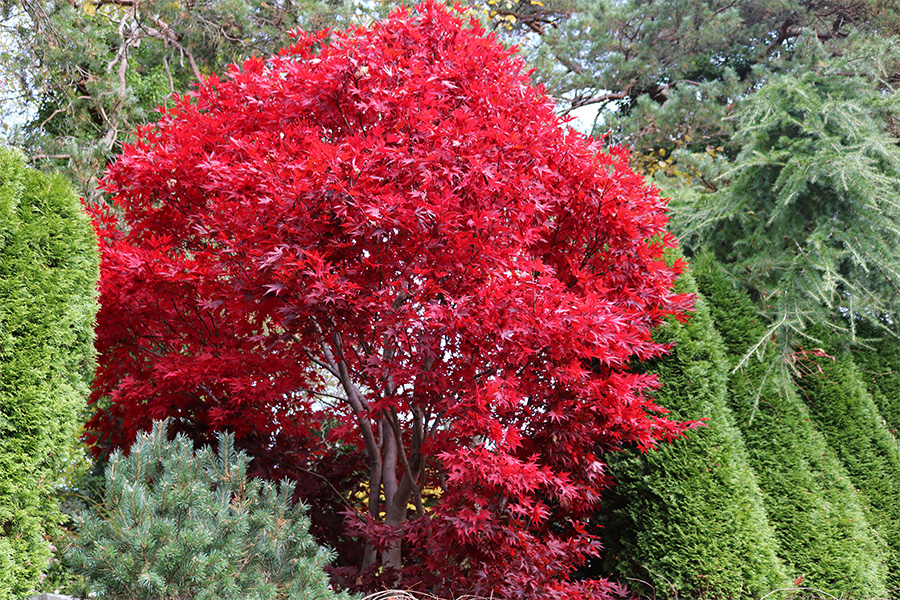About Us:
UGA Extension agents, staff and trained volunteers keep local communities informed through county Extension offices. We offer reliable information and programs in the areas of agriculture, food, families, the environment, and 4-H youth development. Let us help you learn, grow, and do more!




